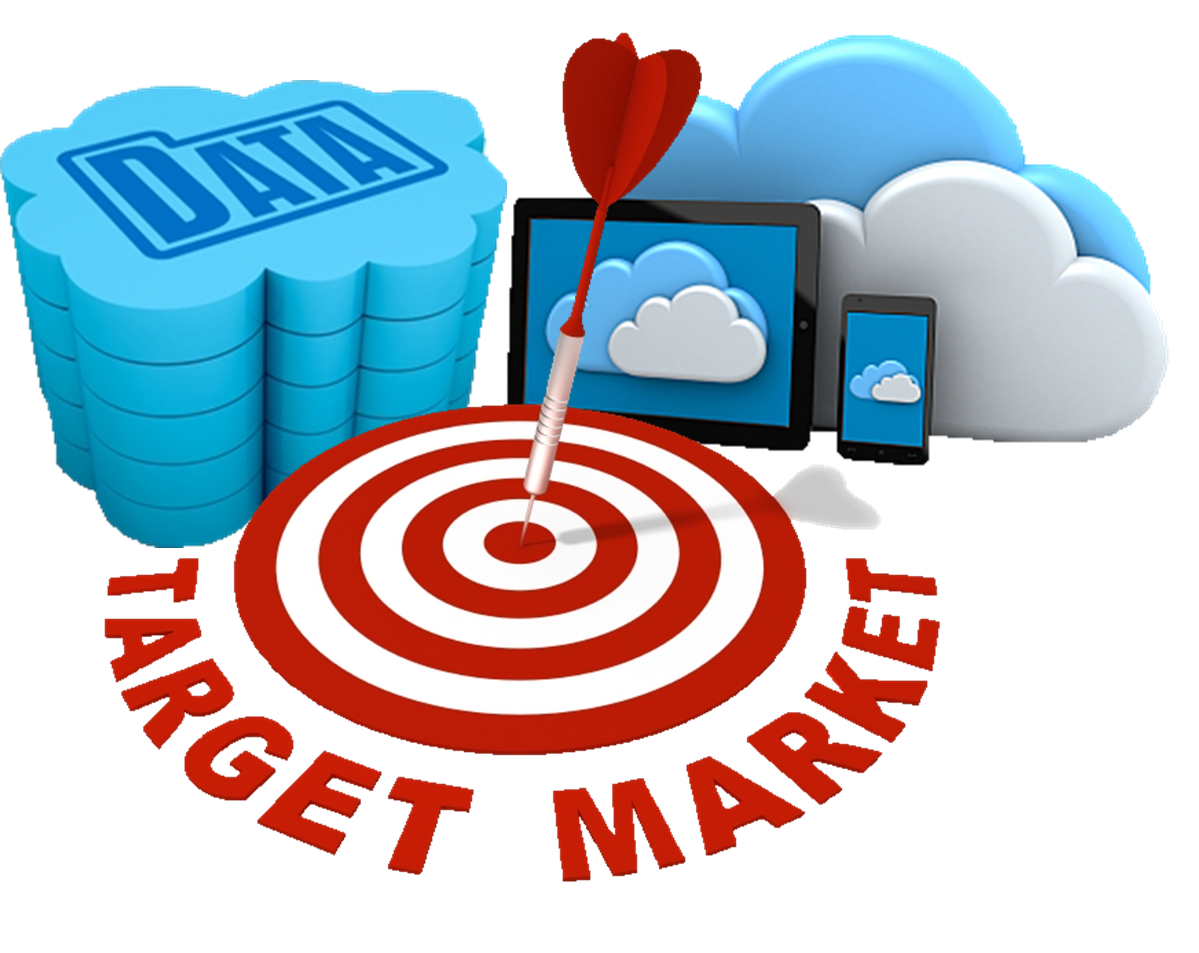How Can Data-driven Decision Making Improve the Marketing Campaign Effectiveness
Leveraging data empowers marketers to make informed decisions, optimizing every facet of their strategies. This data-driven approach not only enhances campaign performance but also ensures better resource allocation, higher engagement rates, and increased ROI. Marketers can tailor their messages more effectively by analyzing customer behavior, preferences, and trends, targeting the right audience segments, and personalizing their interactions. Real-time data insights enable continuous campaign adjustments, maximizing impact and efficiency. Here's how data-driven decision-making can enhance marketing campaign effectiveness across various dimensions:

Staffing and Team Formation
Effective marketing begins with the right team. Data-driven decision-making helps identify the skills and expertise required for a campaign. Companies can determine which team compositions yielded the best results by analyzing past campaign data. This ensures that each team member brings valuable insights and skills to the table, fostering a collaborative environment where data guides decision-making processes.
A critical aspect of this approach involves predicting future staffing needs to meet campaign demands. Utilizing software for workforce demand forecasting allows businesses to anticipate these needs accurately, ensuring that the right talent is available at the right time. This forecasting not only aligns staffing levels with campaign goals but also helps in avoiding under or over-staffing, thus optimizing resource allocation. Furthermore, data can highlight training needs, allowing for targeted development programs that enhance the team's overall capabilities.
Identifying Key Metrics and KPIs
Setting the right metrics and KPIs is crucial for measuring campaign success. Data-driven decision-making allows marketers to identify which metrics are most relevant to their specific goals. For instance, a campaign aimed at increasing brand awareness might focus on metrics such as reach and impressions, while a lead generation campaign would prioritize conversion rates and cost per lead.
By analyzing historical data, marketers can pinpoint the KPIs that align with their objectives, whether it’s brand awareness, lead generation, or customer retention. This clarity helps in setting realistic and achievable targets, ensuring that the campaign remains focused and results-driven. Moreover, continuously monitoring these metrics allows marketers to make timely adjustments and keep the campaign on track.
Audience Segmentation and Targeting
One of the most significant benefits of data-driven decision-making is its ability to refine audience segmentation and targeting. By analyzing customer data, marketers can create detailed audience profiles and segment them based on various criteria such as demographics, behavior, and preferences. For example, a clothing retailer might use data to identify different segments like young professionals looking for office wear, fitness enthusiasts interested in activewear, and parents seeking children's clothing.
This granular segmentation enables personalized marketing efforts, ensuring that each message resonates with its intended audience. Targeting becomes more precise, reducing wasted efforts and enhancing campaign effectiveness. With data, marketers can also identify potential new segments to target, expanding their reach and uncovering new growth opportunities.

Personalization and Customer Experience
Personalization is a key driver of customer engagement and loyalty. Data-driven decision-making enables marketers to deliver personalized experiences by understanding customer preferences and behaviors. By leveraging data, marketers can tailor content, offers, and interactions to meet the specific needs of each customer. For instance, an e-commerce platform can use data to recommend products based on past purchases and browsing behavior, making the shopping experience more relevant and enjoyable.
This level of personalization enhances the customer experience, leading to higher satisfaction rates and stronger brand loyalty. Customers are more likely to engage with and return to brands that understand and cater to their individual needs, resulting in long-term relationships and increased lifetime value.
Optimizing Marketing Channels
Data-driven decision-making helps in identifying the most effective marketing channels for a campaign. By analyzing performance data from various channels, marketers can determine which platforms yield the best results for their target audience. For example, data might show that social media ads generate more engagement and conversions than email marketing for a particular campaign.
This enables them to allocate resources more efficiently, focusing on high-performing channels while refining or eliminating underperforming ones. Optimization of marketing channels ensures that the campaign reaches the right audience through the most impactful mediums. Additionally, data can reveal trends and shifts in consumer behavior, allowing marketers to stay ahead of the curve and adapt their channel strategies accordingly.
Testing and Iteration
A hallmark of data-driven decision-making is the emphasis on continuous testing and iteration. Marketers can use A/B testing and other experimental methods to compare different strategies and tactics. For instance, they might test two different ad creatives to see which one resonates more with the audience. By analyzing the results, they can identify what works best and make necessary adjustments in real-time.
This iterative process ensures that the campaign evolves based on actual performance data, leading to continuous improvement and better outcomes. By embracing a culture of experimentation, marketers can uncover innovative approaches and optimize their campaigns for maximum impact.

Measuring and Analyzing Campaign Results
The ability to measure and analyze campaign results is fundamental to data-driven decision-making. By collecting and examining data on various performance metrics, marketers can assess the effectiveness of their campaigns. This analysis provides insights into what worked well and what didn't, allowing for informed decisions in future campaigns.
For example, if a particular email campaign has a high open rate but a low click-through rate, marketers can delve into the data to understand why and make adjustments for future emails. Continuous measurement and analysis ensure that marketing strategies remain aligned with business goals and market dynamics. This ongoing evaluation helps in fine-tuning strategies and maintaining a competitive edge in the market.
Conclusion
Data-driven decision-making revolutionizes marketing by providing actionable insights that enhance every aspect of a campaign. From staffing and team formation to measuring and analyzing results, leveraging data ensures that marketing efforts are more targeted, efficient, and effective. By embracing data-driven strategies, marketers can not only improve campaign performance but also create meaningful, personalized experiences for their audiences, ultimately driving business growth and success. In a world where data is increasingly abundant and accessible, the ability to harness its power is what sets successful marketing campaigns apart.







